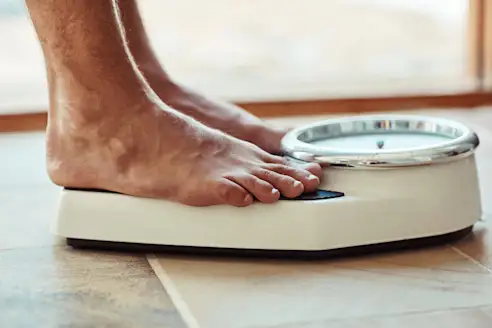Semaglutide was originally developed to treat type 2 diabetes, but it is now also being used to aid weight loss. Understanding how it interacts with the body can help explain why it is now a standard weight loss method. Here’s a look at how this medication works and how it may assist in weight management:
How Does It Impact Appetite?
One of the primary ways semaglutide aids in weight loss is by modulating hunger signals. It mimics a natural hormone called GLP-1, which helps control appetite. When the medication activates GLP-1 receptors in the brain, it reduces feelings of hunger. This can lead people to eat smaller portions and snack less often. As a result, many individuals create a calorie deficit, leading to gradual and sustainable weight loss.
Does It Help Slow Digestion?
Semaglutide influences the speed at which food leaves the stomach, a process known as gastric emptying. This is when digested food moves into the intestines for further breakdown and nutrient absorption. By slowing down this process, semaglutide helps people feel full longer after eating. Feeling full for an extended period may reduce cravings and prevent overeating. Over time, this may lead to smaller portions and fewer meals, supporting weight loss.
What Hormonal Changes Take Place?
Another factor in weight management involves hormones that signal the body’s energy needs. Semaglutide positively influences these hormones, helping the body to burn fat more effectively. It also supports better functioning of insulin, a hormone that regulates blood sugar levels. When insulin works properly, the body uses energy more efficiently. This means fewer calories are stored as fat. Instead, the body gradually breaks down existing fat reserves, leading to steady weight loss over time.
How Do I Live Healthier?
Medications like semaglutide do not replace healthy eating or exercise; they simply support them. Many users may find that reducing hunger helps make lifestyle changes easier. It becomes simpler to eat smaller, nutrient-rich meals without feeling persistent hunger. Better weight management can boost energy levels and motivate people to stay active. Here are two practical steps to try while using semaglutide:
- Meal planning: Preparing meals ahead of time, focusing on portion control and nutritious ingredients.
- Regular movement: Incorporating light activities such as walking or yoga to support weight loss.
These habits can improve results and promote overall well-being.
What Results Can I Expect?
It’s key to understand that semaglutide is not a quick fix. The weight reduction process may unfold gradually, and that measured approach aligns with long-term health goals. Slow and steady progress may be more likely to lead to lasting results compared to rapid, drastic measures. This medication is typically prescribed as part of a comprehensive weight management plan under the guidance of a healthcare professional. Regular follow-ups with healthcare providers help the treatment align with individual needs and health profiles.
Ask Your Doctor About Semaglutide
If you’re interested in learning more about how semaglutide might fit into your weight management plan, reaching out to a medical center is a supportive first step. Scheduling an appointment provides the opportunity to discuss your health goals, ask questions, and explore options that suit your needs. Professional guidance helps ensure that your journey is safe, informed, and tailored to what works best for you.
